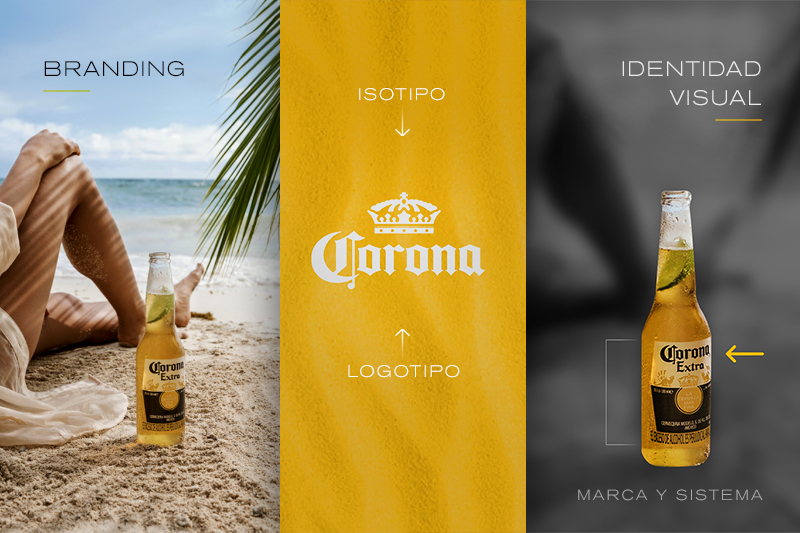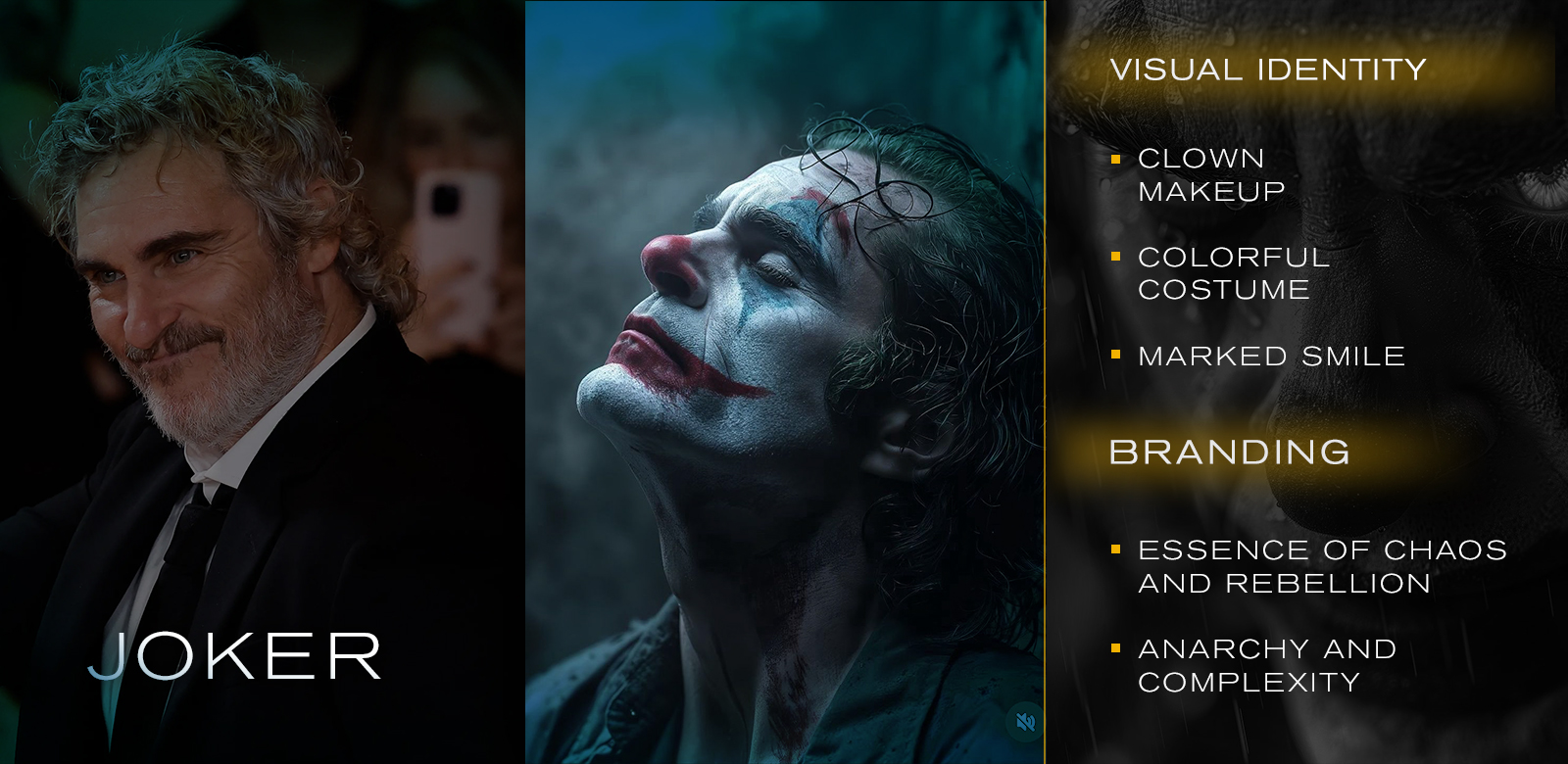Branding vs Visual Identity
Branding is much more than a company's name or logo; it is its emotional essence. It is the way a brand conveys its values, mission, story and the promise it offers to its audience. This emotional approach allows brands to build an authentic connection with people, generating trust and long-term loyalty. Good branding creates a sense of belonging, where customers not only consume products or services, but also feel identified with the brand's ideals and culture. This emotional bond is key to making customers become brand ambassadors, promoting the brand's message and sharing its values with others.

On the other hand, visual identity is the tangible aspect of a brand; it is what the public perceives at first sight and what helps them to recognize it in different contexts. It is composed of the logo, colors, typography, photographic style, and any other graphic element that, together, create a coherent image. The repetition of these visual patterns is what generates familiarity and recognition. Over time, a strong visual identity allows a brand to be instantly recognized, reinforcing its presence in the market and facilitating differentiation from the competition.
In the narrative of branding and visual identity, we can compare the relationship between an actor and his character. Branding acts as the character's script and personality, defining his motivations, story and how he should make the audience feel. On the other hand, visual identity is similar to the actor's wardrobe and makeup, representing how the character looks, what he wears and how he presents himself to the audience. This analogy is perfectly illustrated through two iconic characters: the Joker, whose chaotic and visually striking essence captures attention and provokes a deep emotional connection, and Wednesday Addams, whose individuality and distinctive appearance make her memorable, reflecting a personality that defies the norms.

The Joker is a branding symbol that encapsulates the essence of chaos and rebellion, defying social norms and provoking an intense emotional reaction in his audience. His story, full of complexity, gives him significant emotional weight that goes beyond simple visual representation. His visual identity is manifested in his clown makeup, colorful costume and maniacal laughter, all easily recognizable elements that reinforce his presence in popular culture. Together, these aspects create a powerful bond between the brand and its audience, where emotional connection is combined with an iconic image.

Wednesday Addams represents a fusion of branding and visual identity by embodying individuality and mystery. Her essence is marked by her sarcastic attitude and intelligence, making her a character that defies expectations and resonates emotionally with those who value authenticity. Her visual identity, characterized by her dark dress, long braids and serious expression, makes her instantly recognizable and distinctive. This combination of emotional and visual attributes not only defines her, but also establishes a lasting connection with her audience, cementing her place in popular culture.
Branding and visual identity are essential strategic components of a company's growth and evolution. A well-executed branding strategy can elevate a brand, making it seen as a leader in its industry.